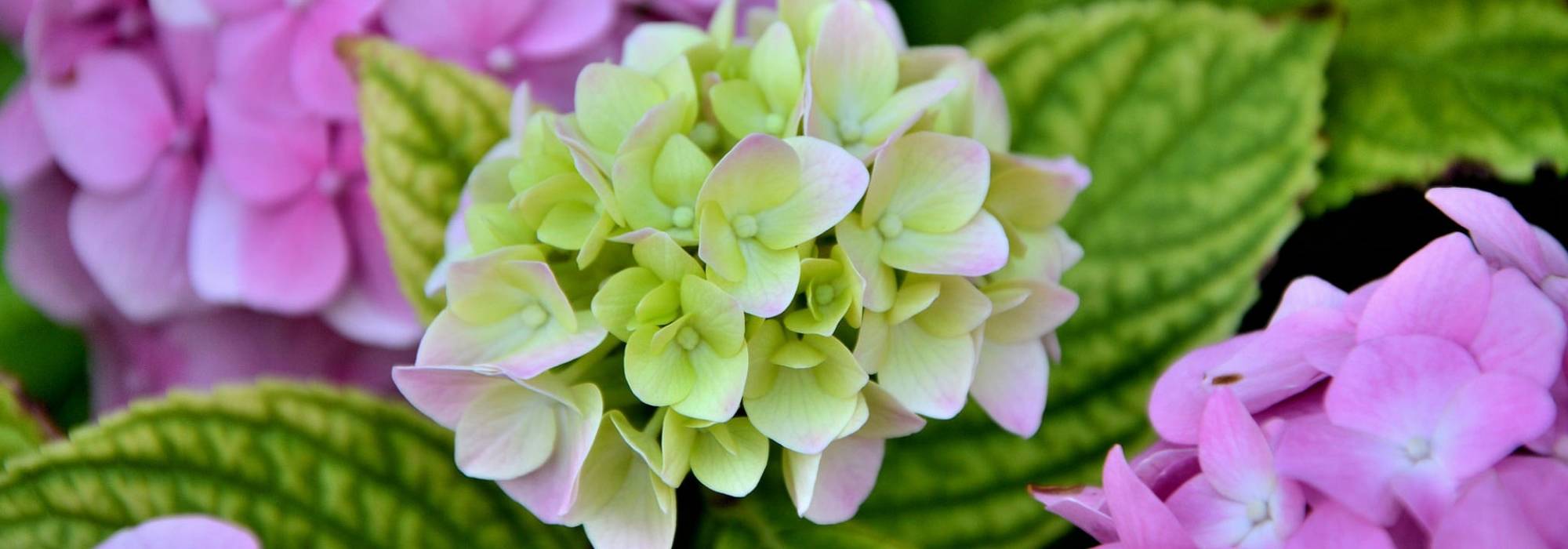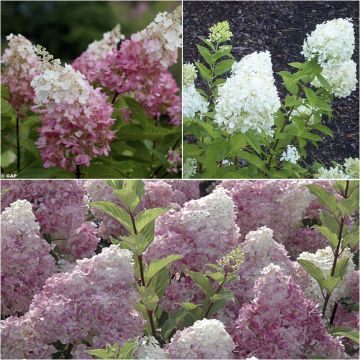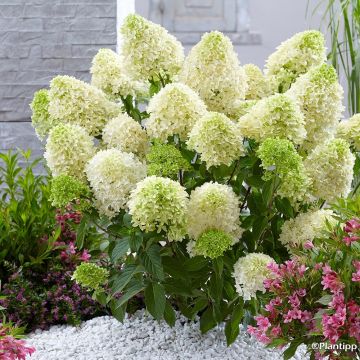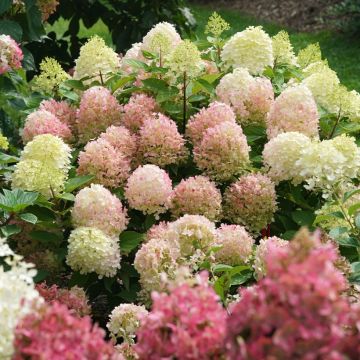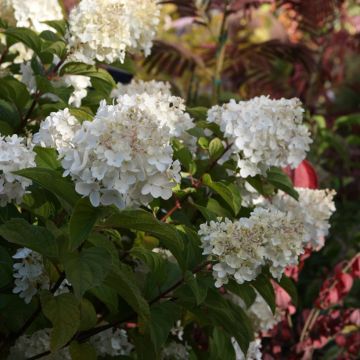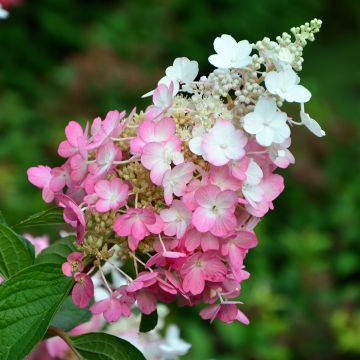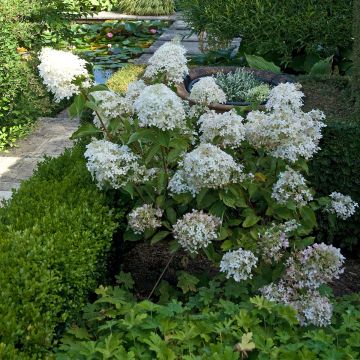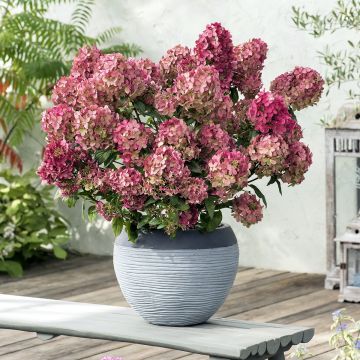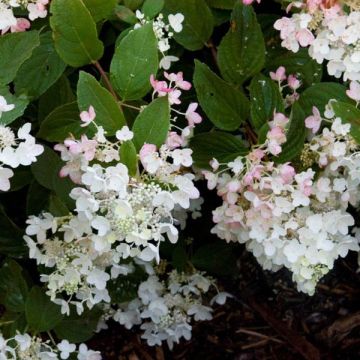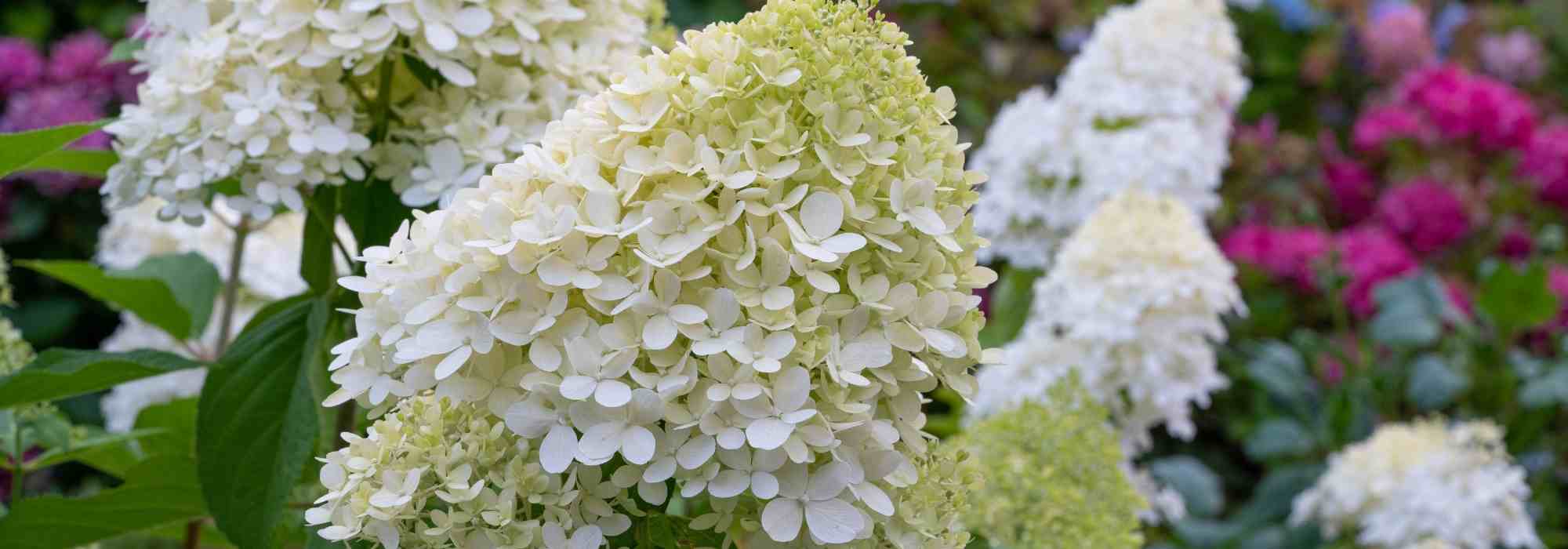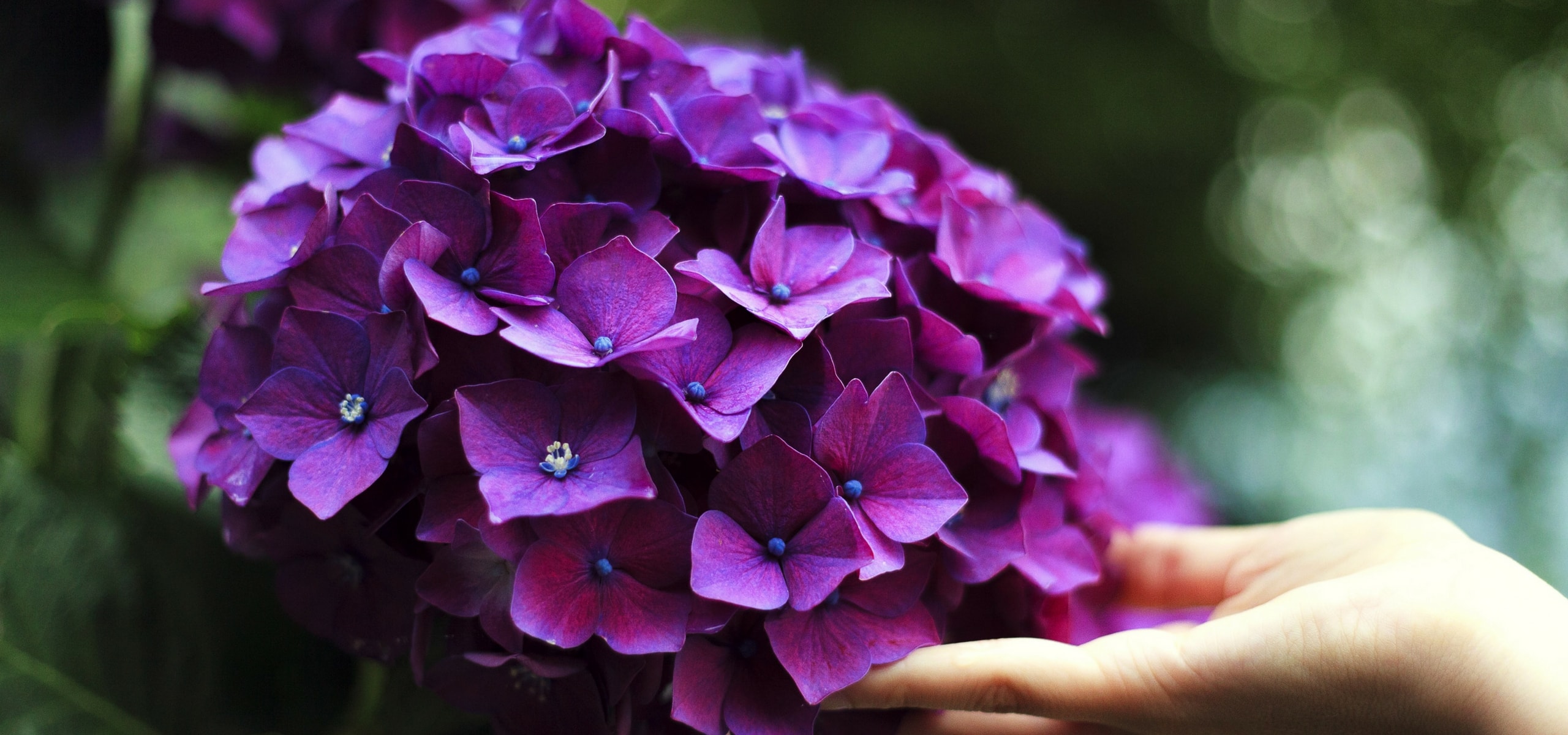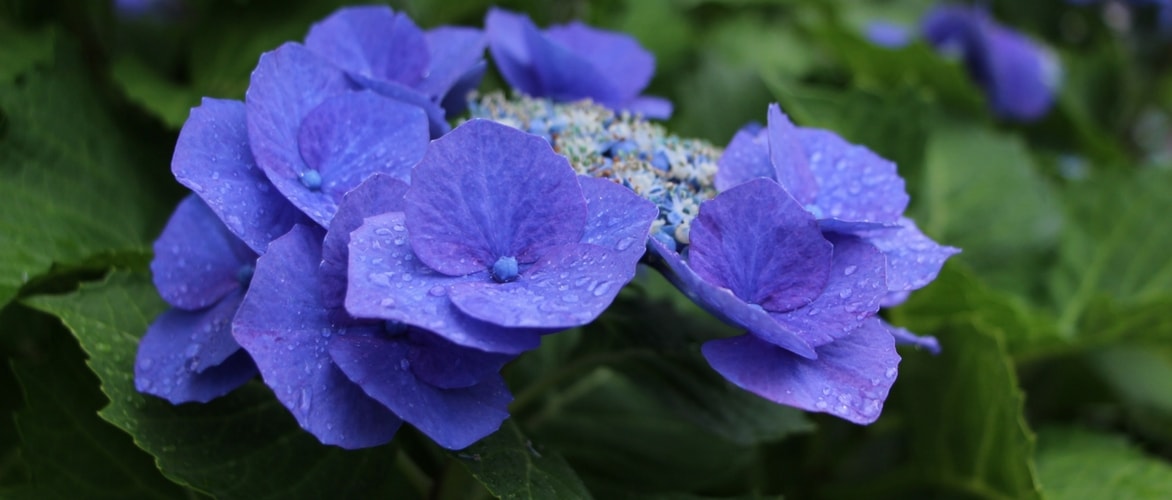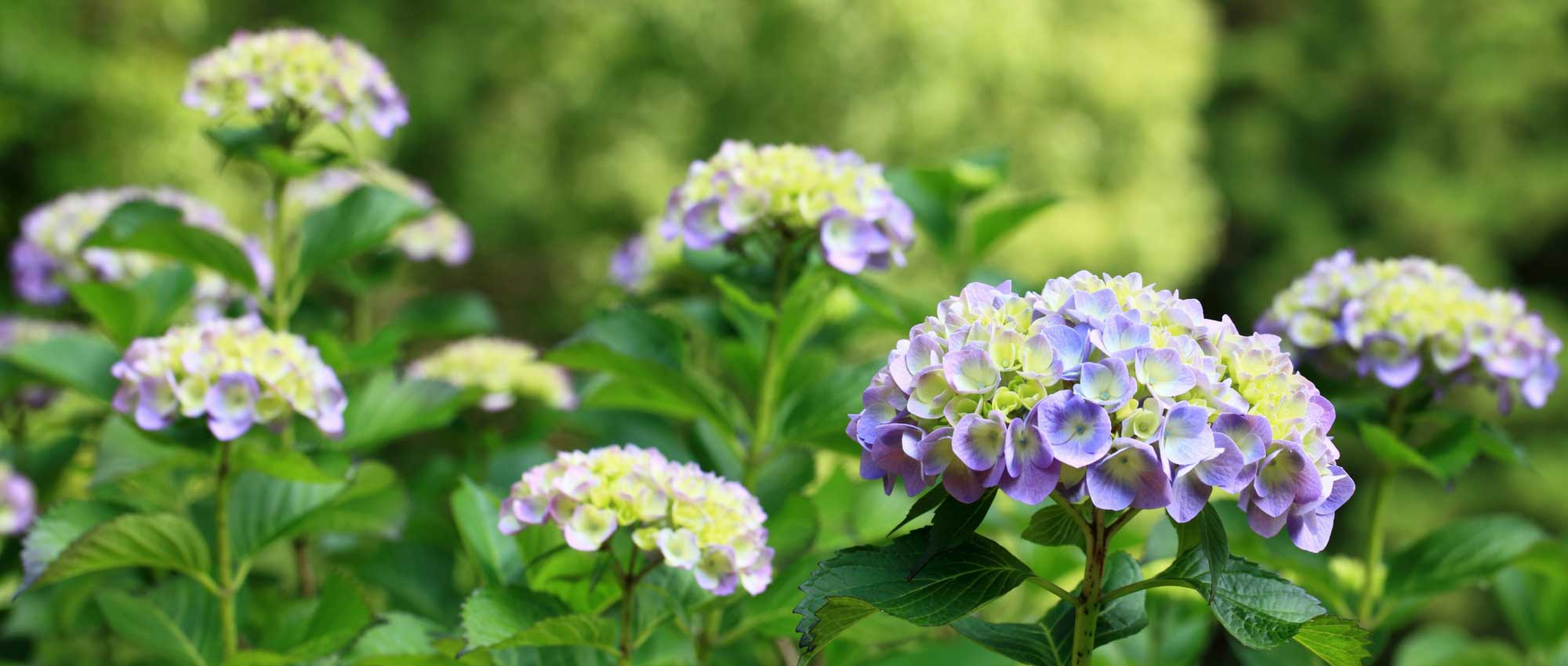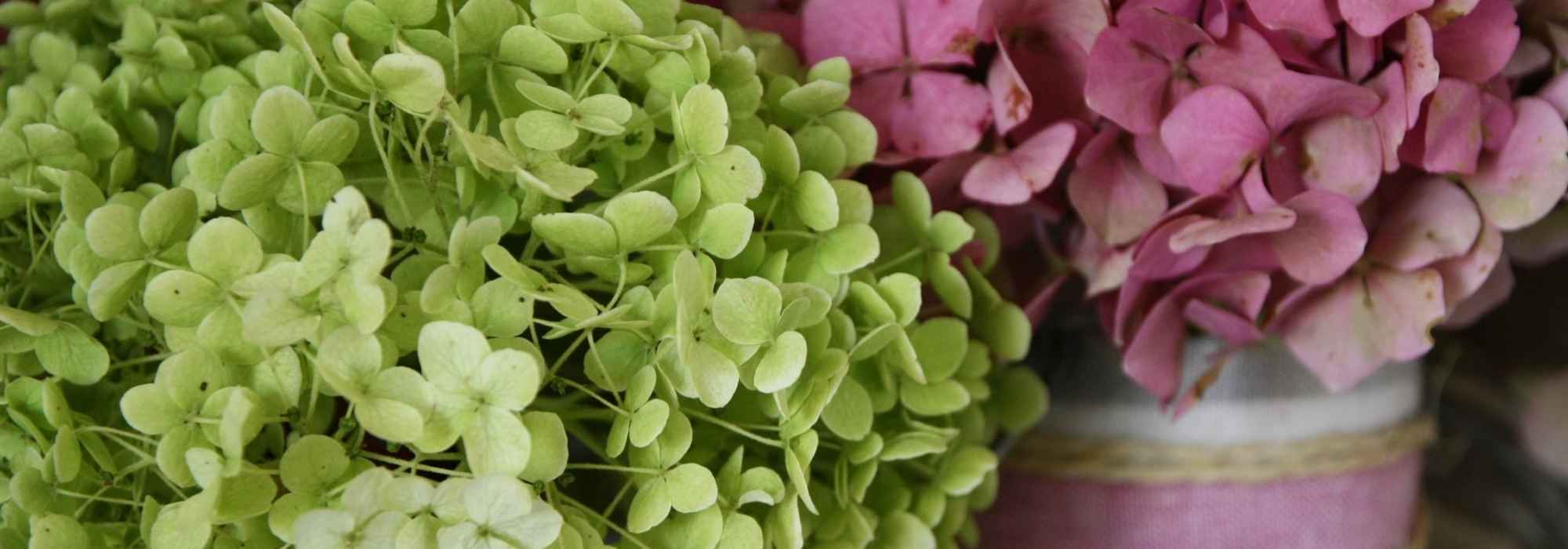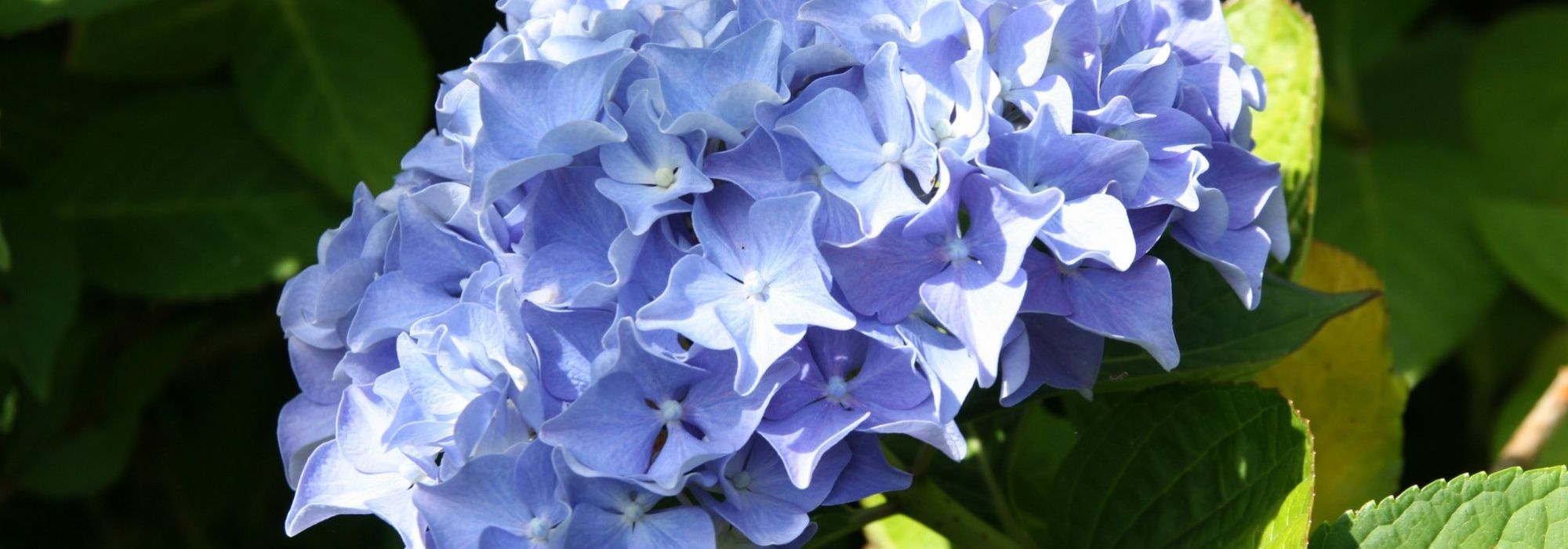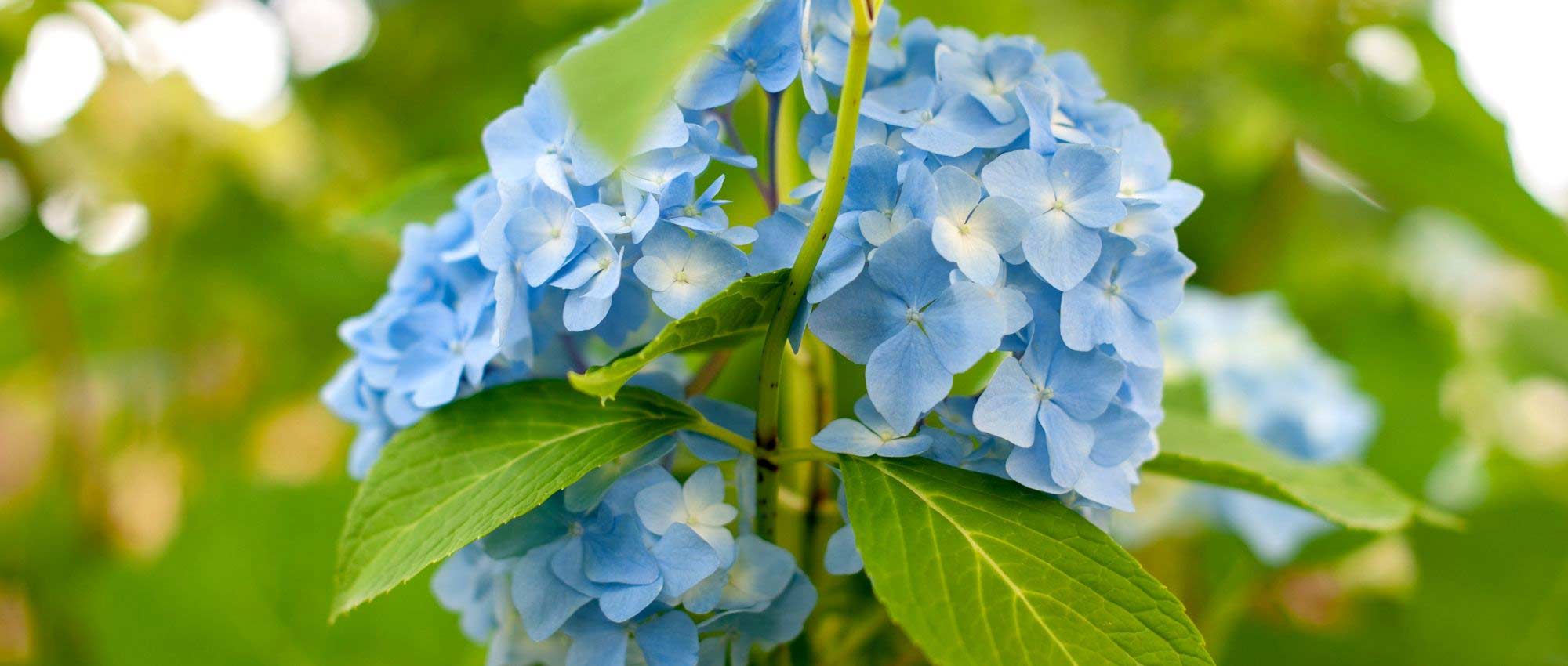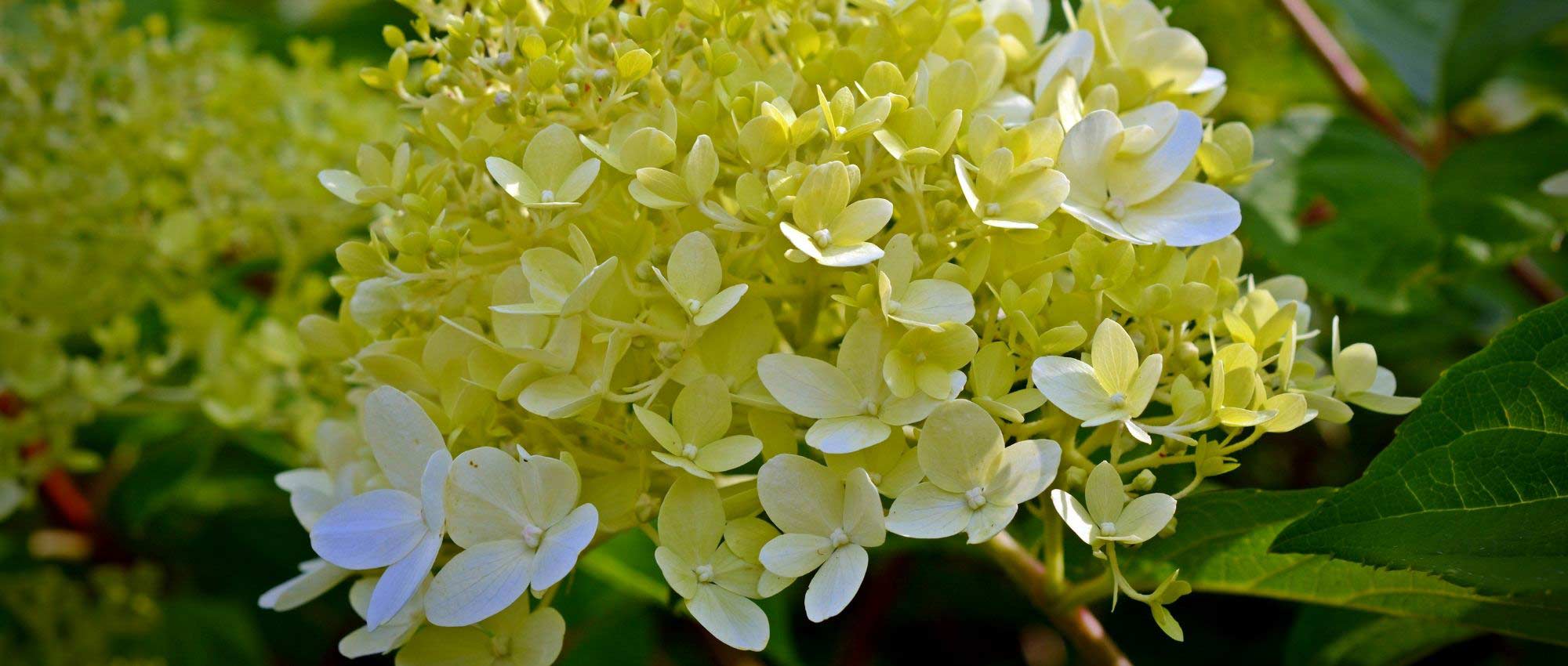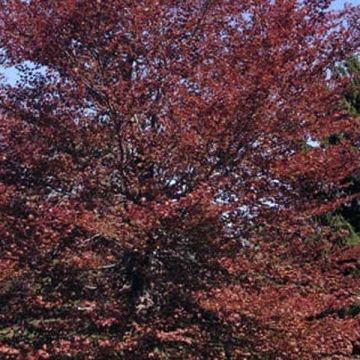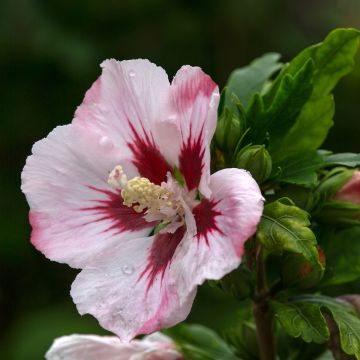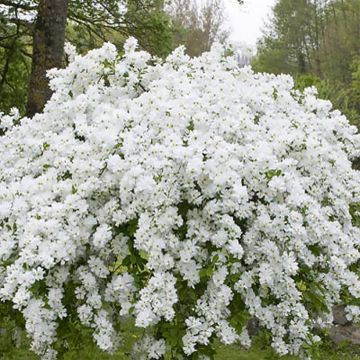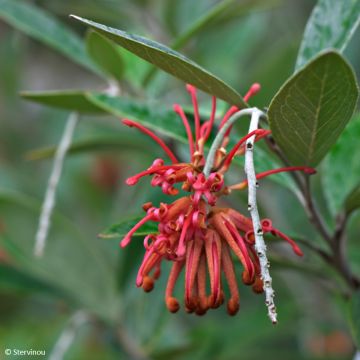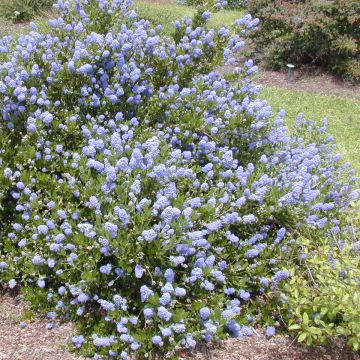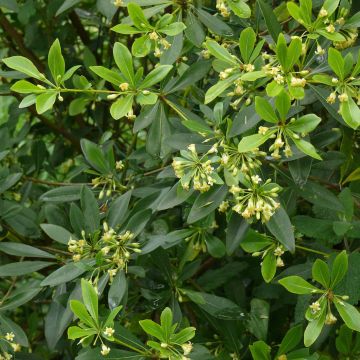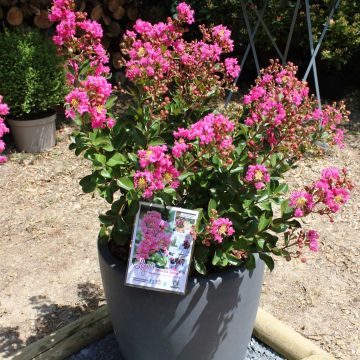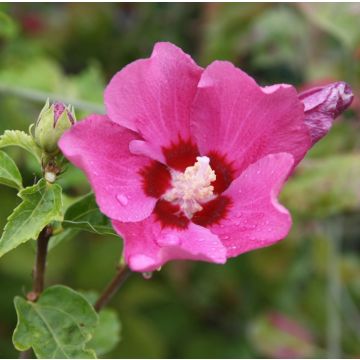

Hydrangea paniculata Little Lime Punch Proven Winners - Panicle Hydrangea
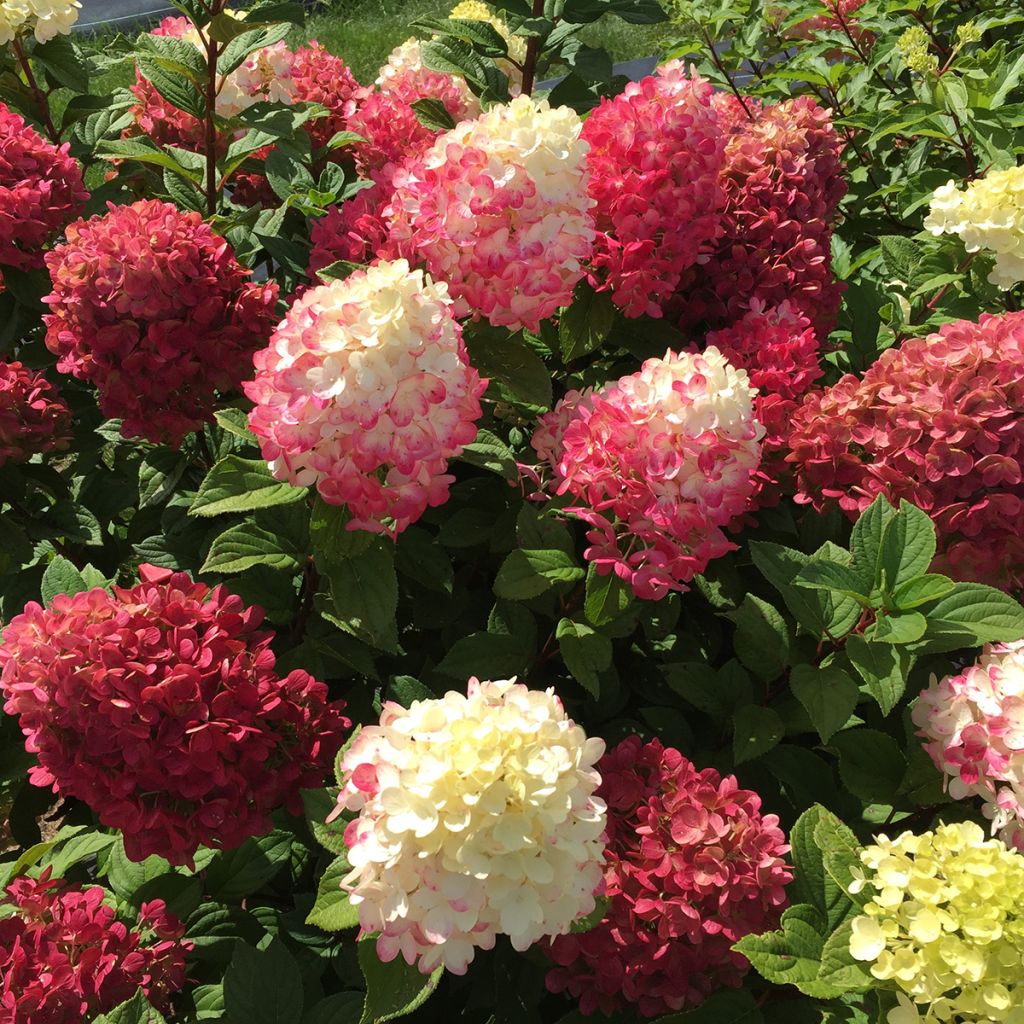

Hydrangea paniculata Little Lime Punch Proven Winners - Panicle Hydrangea
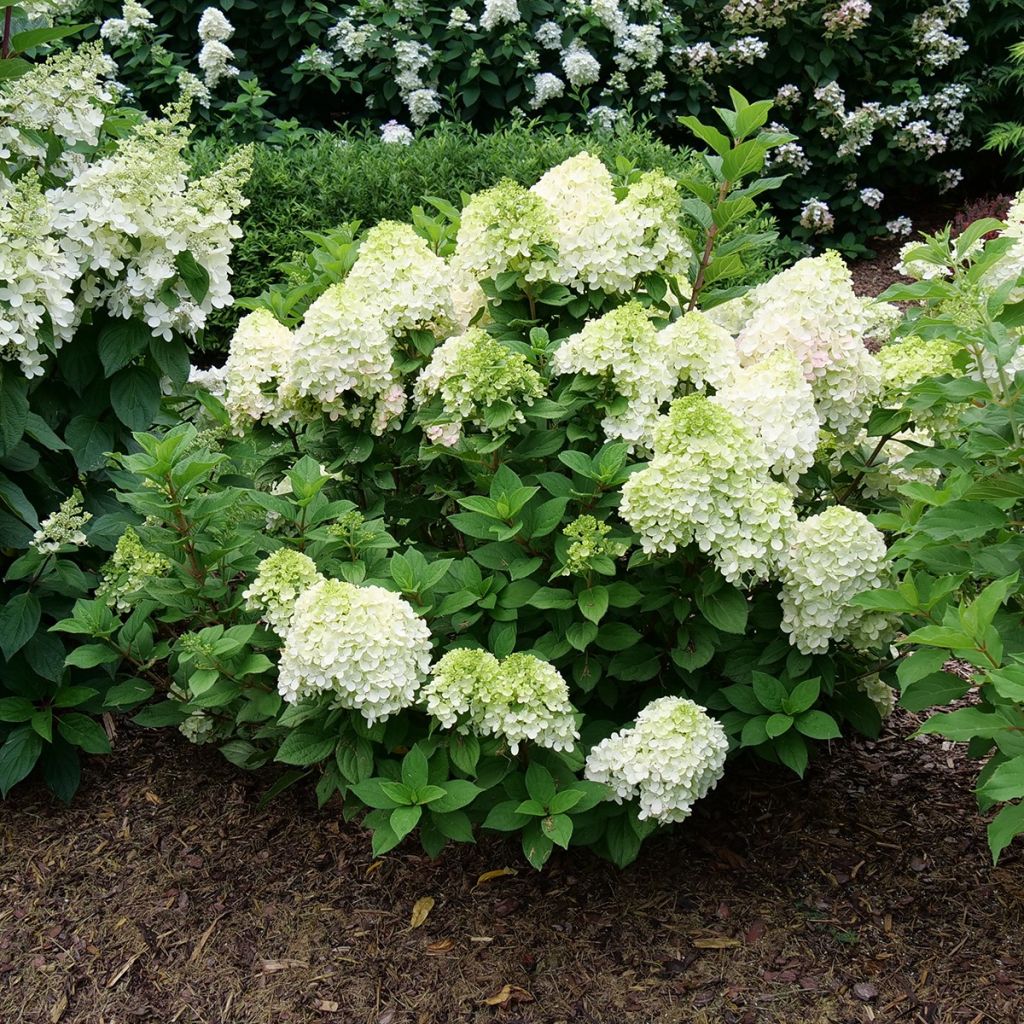

Hydrangea paniculata Little Lime Punch Proven Winners - Panicle Hydrangea
Hydrangea paniculata Little Lime Punch Proven Winners - Panicle Hydrangea
Hydrangea paniculata Little Lime® Punch Proven Winners®
Panicle Hydrangea, PeeGee Hydrangea
Very curious to see the future flowering :) Beautiful young plant, well ramified
SHINRA TENSEI, 04/10/2025
Special offer!
Receive a €20 voucher for any order over €90 (excluding delivery costs, credit notes, and plastic-free options)!
1- Add your favorite plants to your cart.
2- Once you have reached €90, confirm your order (you can even choose the delivery date!).
3- As soon as your order is shipped, you will receive an email containing your voucher code, valid for 3 months (90 days).
Your voucher is unique and can only be used once, for any order with a minimum value of €20, excluding delivery costs.
Can be combined with other current offers, non-divisible and non-refundable.
Home or relay delivery (depending on size and destination)
Schedule delivery date,
and select date in basket
This plant carries a 24 months recovery warranty
More information
We guarantee the quality of our plants for a full growing cycle, and will replace at our expense any plant that fails to recover under normal climatic and planting conditions.

Would this plant suit my garden?
Set up your Plantfit profile →
Description
The Hydrangea paniculata Little Lime Punch - Proven Winners is a compact variety of hydrangea with changing and colourful flowers. It distinguishes itself from the cultivar Little Lime by a more vibrant and varied colouration. Its elongated panicles emerge in lime green and then turn white, pink, and red. Thus, new flowers appear regularly, creating a simultaneous mix of pink, white, red, and green flowers. It is also a dwarf version of the famous Limelight, but much more compact, reaching about 1 metre in all directions. It is best grown in non-burning sunlight, in good garden soil, even slightly limestone or in a pot.
The Hydrangea paniculata Little Lime Punch is a recent selection from the American nurseries Proven Winners, similar to the famous cultivar Limelight and Little Lime. The species Hydrangea paniculata is native to the temperate eastern regions of China and Japan. Like the species, Little Lime Punch has excellent hardiness (up to -25°C), adapts to sunlight and relative drought, while being more tolerant of limestone soils than traditional Hortensia macrophylla. It forms a compact bush with a rounded and ramified habit, reaching about 80 cm to 1.10 m in all directions, with rapid growth. Its flowering usually begins in early July and continues until October. Starting off as lime green, its elongated panicles composed of round florets then turn reddish and pink. Its strong branches easily support the weight of the flowers. They are covered with beautiful deciduous, dark green, ovate foliage.
The Hydrangea paniculata Little Lime Punch thrives in any good garden soil, without too much limestone. Exposure to non-burning sunlight promotes the best colouration. Vigorous and robust, it has good hardiness and requires moisture to flower properly. This hydrangea variety lends itself to various uses in the garden: as a low hedge or in a bed in association with other hydrangeas or repeat flowering roses, thus creating superb contrasts of colours and shapes. In a border, accompany it with colourful echinaceas, Eupatorium in moist soil, or pink and red heucheras for example. Thanks to its modest size, it is perfect for small gardens where it can be planted as an isolated specimen, or grown in a large container on a balcony or terrace, where it will thrive for many years with regular maintenance including fertilising and watering.
Hydrangea paniculata Little Lime Punch Proven Winners - Panicle Hydrangea in pictures


Plant habit
Flowering
Foliage
Botanical data
Hydrangea
paniculata
Little Lime® Punch Proven Winners®
Hydrangeaceae
Panicle Hydrangea, PeeGee Hydrangea
Cultivar or hybrid
Other Hydrangea Paniculata
View all →Planting and care
When planting, place your Hydrangea paniculata Little Lime Punch in deeply cultivated soil. A good base fertiliser (bonemeal) will promote the establishment of your plant and nourish it without risk of burning. Hydrangea paniculata prefers humus-bearing soils but can tolerate less fertile soils and drought more easily. If your soil tends to be dry, mix our water retainer, stockosorb, with the soil when filling the planting hole and create a watering basin on the surface. Their spring vegetation is quite late. Water frequently during flowering, while avoiding direct watering of the foliage and flowers. In late summer, we recommend not cutting the dry umbels, as they will protect the terminal shoots of the branches in winter. Cut all the dry flowers at the end of February or at the first signs of good weather. Hydrangea paniculatas require vigorous pruning to develop large inflorescences.
Planting period
Intended location
Care
Planting & care advice
-
, onOrder confirmed
Reply from on Promesse de fleurs
Similar products
Haven't found what you were looking for?
Hardiness is the lowest winter temperature a plant can endure without suffering serious damage or even dying. However, hardiness is affected by location (a sheltered area, such as a patio), protection (winter cover) and soil type (hardiness is improved by well-drained soil).

Photo Sharing Terms & Conditions
In order to encourage gardeners to interact and share their experiences, Promesse de fleurs offers various media enabling content to be uploaded onto its Site - in particular via the ‘Photo sharing’ module.
The User agrees to refrain from:
- Posting any content that is illegal, prejudicial, insulting, racist, inciteful to hatred, revisionist, contrary to public decency, that infringes on privacy or on the privacy rights of third parties, in particular the publicity rights of persons and goods, intellectual property rights, or the right to privacy.
- Submitting content on behalf of a third party;
- Impersonate the identity of a third party and/or publish any personal information about a third party;
In general, the User undertakes to refrain from any unethical behaviour.
All Content (in particular text, comments, files, images, photos, videos, creative works, etc.), which may be subject to property or intellectual property rights, image or other private rights, shall remain the property of the User, subject to the limited rights granted by the terms of the licence granted by Promesse de fleurs as stated below. Users are at liberty to publish or not to publish such Content on the Site, notably via the ‘Photo Sharing’ facility, and accept that this Content shall be made public and freely accessible, notably on the Internet.
Users further acknowledge, undertake to have ,and guarantee that they hold all necessary rights and permissions to publish such material on the Site, in particular with regard to the legislation in force pertaining to any privacy, property, intellectual property, image, or contractual rights, or rights of any other nature. By publishing such Content on the Site, Users acknowledge accepting full liability as publishers of the Content within the meaning of the law, and grant Promesse de fleurs, free of charge, an inclusive, worldwide licence for the said Content for the entire duration of its publication, including all reproduction, representation, up/downloading, displaying, performing, transmission, and storage rights.
Users also grant permission for their name to be linked to the Content and accept that this link may not always be made available.
By engaging in posting material, Users consent to their Content becoming automatically accessible on the Internet, in particular on other sites and/or blogs and/or web pages of the Promesse de fleurs site, including in particular social pages and the Promesse de fleurs catalogue.
Users may secure the removal of entrusted content free of charge by issuing a simple request via our contact form.
The flowering period indicated on our website applies to countries and regions located in USDA zone 8 (France, the United Kingdom, Ireland, the Netherlands, etc.)
It will vary according to where you live:
- In zones 9 to 10 (Italy, Spain, Greece, etc.), flowering will occur about 2 to 4 weeks earlier.
- In zones 6 to 7 (Germany, Poland, Slovenia, and lower mountainous regions), flowering will be delayed by 2 to 3 weeks.
- In zone 5 (Central Europe, Scandinavia), blooming will be delayed by 3 to 5 weeks.
In temperate climates, pruning of spring-flowering shrubs (forsythia, spireas, etc.) should be done just after flowering.
Pruning of summer-flowering shrubs (Indian Lilac, Perovskia, etc.) can be done in winter or spring.
In cold regions as well as with frost-sensitive plants, avoid pruning too early when severe frosts may still occur.
The planting period indicated on our website applies to countries and regions located in USDA zone 8 (France, United Kingdom, Ireland, Netherlands).
It will vary according to where you live:
- In Mediterranean zones (Marseille, Madrid, Milan, etc.), autumn and winter are the best planting periods.
- In continental zones (Strasbourg, Munich, Vienna, etc.), delay planting by 2 to 3 weeks in spring and bring it forward by 2 to 4 weeks in autumn.
- In mountainous regions (the Alps, Pyrenees, Carpathians, etc.), it is best to plant in late spring (May-June) or late summer (August-September).
The harvesting period indicated on our website applies to countries and regions in USDA zone 8 (France, England, Ireland, the Netherlands).
In colder areas (Scandinavia, Poland, Austria...) fruit and vegetable harvests are likely to be delayed by 3-4 weeks.
In warmer areas (Italy, Spain, Greece, etc.), harvesting will probably take place earlier, depending on weather conditions.
The sowing periods indicated on our website apply to countries and regions within USDA Zone 8 (France, UK, Ireland, Netherlands).
In colder areas (Scandinavia, Poland, Austria...), delay any outdoor sowing by 3-4 weeks, or sow under glass.
In warmer climes (Italy, Spain, Greece, etc.), bring outdoor sowing forward by a few weeks.






























